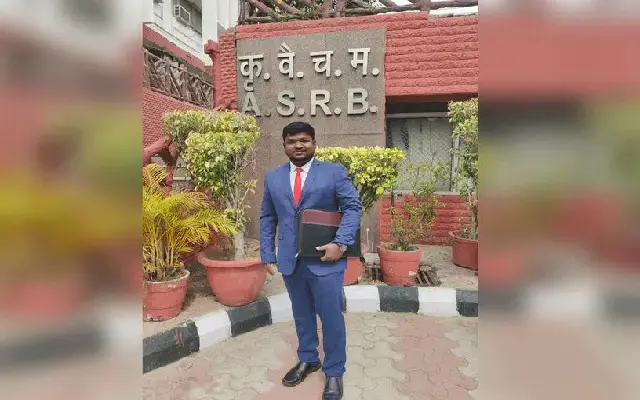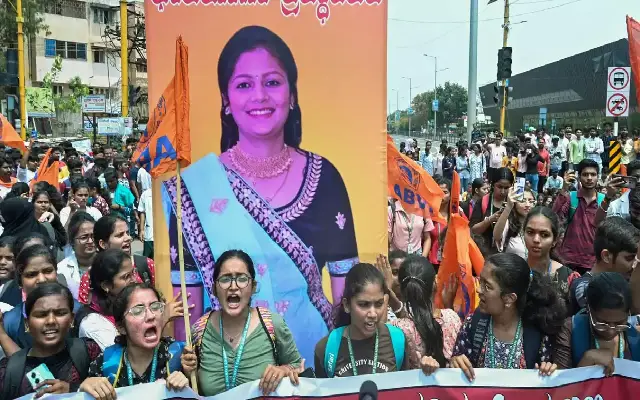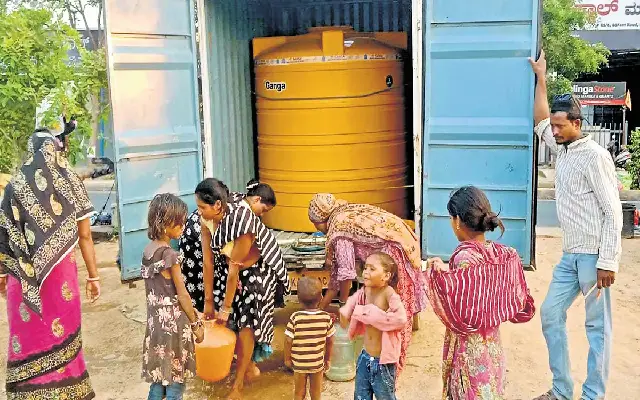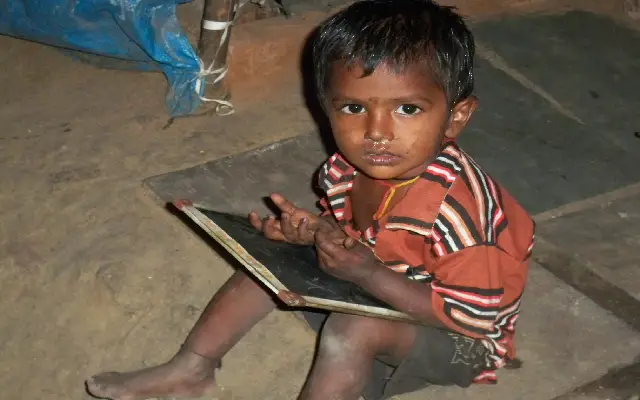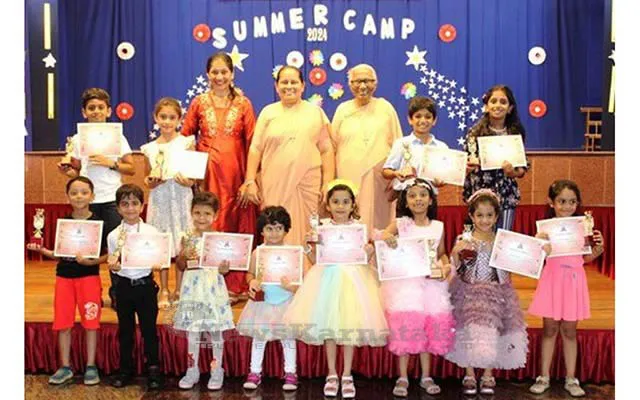 The way to man’s heart is through his stomach, says the ancient proverb. So true. But then so many go hungry; About 820 million people are suffering from hunger today, and an equal number are obese: love does seem to spread unevenly, unlike butter at room temperature!. After all, food symbolizes love when words fail to define it;
The way to man’s heart is through his stomach, says the ancient proverb. So true. But then so many go hungry; About 820 million people are suffering from hunger today, and an equal number are obese: love does seem to spread unevenly, unlike butter at room temperature!. After all, food symbolizes love when words fail to define it;
Only about one-third of the world population of 2.5 billion is at an acceptable level of nutrition. If the present trend continues, it is expected that by 2025, one in every two people will be affected by obesity or malnutrition. A combination of an unhealthy diet and sedentary lifestyle is the leading cause of non- communicable diseases like cardiovascular diseases, diabetes and also certain cancers.
Oct 16 was observed as World Food Day. The theme this year is to nourish people while nurturing the planet. It does seem an oxymoron but has deep implications for us and our future generations Unhealthy eating is linked to one-fifth of all deaths worldwide. More importantly, it depletes the planet’s resources. And though it has passed, we must renew our pledge every day: “we promise ourselves to never waste food. Let us make a big difference with our small actions.”
Unhealthy eating:
Eating healthy food will ensure that we are properly nourished and the food would also be sustainable and accessible to everyone. The UN is calling out – its voice has become hoarse doing this – that our actions are our future; it wants all to return to a balanced diet of plant-based fibre rich home-cooked foods combined with regular exercise. Key features of a healthy diet would include a return to fruit, legumes, nuts and whole grains while swapping ‘white’ refined foods, for the more nutritious brown options.
Childhood obesity comes from processed foods and fast foods. Add that to the fact outdoor activities have been replaced by digital ones, and we have a scenario where children are eating more calories than they can expend.
Eric Schlosser, American journalist and author known for his investigative journalism said, “Fast food is popular because it’s convenient, it’s cheap, and it tastes good. But the real cost of eating fast food never appears on the menu.
Obesity; In India, about 5 – 8 % of kids in the 5-17 age group are overweight one-third of which are obese, but in urban south India, 21% boys and 18.5 % girls are obese. This is in an age group where obesity was unknown only 30 years back. Obesity continuing into young adulthood a reduce the lifespan drastically.
Eating a proper complete breakfast would reduce the need for soft drinks, high calorie – high-fat snacks during the day. Parent-teacher and peer groups have a very huge influence on growing minds and training your child to focus on personal health would be one of the best gifts you could give your child.
Even with rampant undernutrition, India is on third on the list of countries with the most obese people, after US and China, it is now getting clear that by 2025 India will be having the largest number of diabetics in the world.
Under – Nutrition:
It may be noted that 50% of Indian children are underweight, 30% of newborns are underweight. 55% of married women and 80% of babies in the age group of 6 months to 36 months are anaemic.
In Karnataka, after poverty has improved from 49.5% in 1993-1994 to 20.9% in the 2011 Census, one-fifth of all people still go without enough food.
Extreme weather events on the rise are obstructing food production. Rising sea levels and changes in the frequency of rainfall, floods, and drought are all affecting the yields of existing crops.
It may take up to thirty more years for the production to meet the demand of food grain, and even then, deficits could still be expected in cereals (43%) and pulses (7%). With the population still moving to urban areas, increased urban demand for fruits, vegetables and dairy products will add to the burdens on the supply chain.
There are still questions for which we do not have any real answers.
– Emission from paddy fields is the major source of greenhouse gases that India has committed to controlling under The International Accord on Climate Change, 2016 and these fields are the lifelines for most of our country.
– No methods exist for eco-friendly consumption/disposal of crop residues 20% are still burnt mainly in North and Central India is causing large-scale atmospheric pollution.
– Rising sea levels would cause wetland flooding, aquifer and agricultural soil contamination with salt, lost habitats for local fish, birds, and plants, and crippling shortages of fresh water for residents on the coastal belt.
– At present 65% of the seeds used by cultivators are either from their own stocks or distributed among themselves –No supply chain exists for produced seeds of high yield varieties to be provided to the farmer.
India and the Global Hunger Index (GHI):
GHI 2019 puts India at 102 out of 117 countries. In 2018, India was 103 out of 132. In 2017, due to a change in methodology, 44 more countries had been included and India was at 100 out of 119. That’s pretty low down.
The GHI is calculated on 4 parameters monitored by the WHO and the result expressed in a number between 0 (no Hunger) to 100 (No Food).

C.jpg) hart #1 (India GHI): India has improved its GHI from 38.8 in 2005 to about 32 in 2010 and is now at 31.1 the benefits of the Targeted PDS are starting to be seen.
hart #1 (India GHI): India has improved its GHI from 38.8 in 2005 to about 32 in 2010 and is now at 31.1 the benefits of the Targeted PDS are starting to be seen. Chart #2 (Trend for Indicator Values – India): In India however, after a continuous improvement in all parameters of the GHI, the wasting of children, has risen in the past nine years. Wasting is defined as food deprivation, or undernourishment, in children under the age of 5 years, with low weight for height showing acute malnutrition.
Chart #2 (Trend for Indicator Values – India): In India however, after a continuous improvement in all parameters of the GHI, the wasting of children, has risen in the past nine years. Wasting is defined as food deprivation, or undernourishment, in children under the age of 5 years, with low weight for height showing acute malnutrition.
CNNS (2016-18) is the most recently conducted third-party survey. It’s the first National Nutrition Survey conducted across India to assess the nutritional status of children from birth to 19 years. Data of more than 112,000 children were collected and state-level estimates were provided in the survey. The results of CNNS corroborates that India is moving in the right direction. The data shows an accelerated decline in stunting at the rate of 1.8% per annum, almost double that of the previous decade. Stunting is down to to 34.7%(CNNS) from 38.4% (NFHS 4), Wasting to 17.3%(CNNS) from 21.0% (NFHS 4), Underweight to 33.4%(CNNS) from 35.7% (NFHS 4).
So India is moving in the right direction, but slowly, but the increase in population vs a decline in agricultural productivity and income is a worrying factor.
From welfare to a rights-based approach to food security:
In the mid-nineties the central government set up the Public Distribution System [PDS] program as a tool for providing food security for the poor. In 1997 the PDS was revised to a TPDS [Targeted PDS] by covering the needy in a BPL [Below Poverty Line] plan. In early 2000 destitute was added as a separate category, so they are also covered in the program. The National Food Security Act 2013 marked the movement from the welfare approach to a rights-based approach for food into law.
The CAG report of May 10, 2016, indicated several matters that are lagging in the implementation of the Food Security Act, 2013.
Status of Beneficiary identification and other key points:
When enacted in 2013, the Food Security Law gave state governments one year to verify beneficiaries, remove fakes, add genuinely missed persons, and update for migration, births and deaths. Although this timeline for updating has been extended three times, only 51% of potential beneficiaries have been identified, and only 18 of the 36 states and union territories have completed this process until Mar 2016.
As of Dec 2013, 20.7% of the poor in Karnataka did not have any Ration cards, only 59.6% of the poor had BPL Ration Cards and 36.5% of non-poor had BPL Ration Cards.
Transportation faces a capacity shortage of 13% to 18% in the number of rakes required to move food grain by rail, the prime mover for this stock.
Storage facilities are not enough, and as of Oct 2015, only 93 of the 233 godowns sanctioned for construction in Maharashtra under the NFSA were complete. Several godowns in other states are reported to be too damp, too remote, damaged or otherwise in need of repair.
Doorstep delivery has reportedly been implemented only in Delhi and Bihar. Maharashtra has implemented it only in tribal areas and drought-hit areas; in UP it covers only 15 of the 75 districts and that too by hiring contractors.
Future:
The United Nations has pointed out that we have no experience from the past to predict the actual long term effects of these strategies.
Teamwork between nations, ingenuity and hard work will have to be combined with deep study and very close monitoring to achieve tangible and sustainable progress for tackling hunger.
The situation has hopefully improved in the three years since the publication of this report, but to provide all Indians with the nutrition they need, every day, a lot of work needs to be done and it has to be done quickly.
Our contribution in this global effort would be to ensure that whether at a restaurant or at home that nutritious food should be judiciously ordered, consumed and the remaining quantity packed neatly to take home or distribute to the needy.
As Thich Nhat Hanh, a Vietnamese Buddhist monk and peace activist said, “If you truly get in touch with a piece of carrot, you get in touch with the soil, the rain, the sunshine. You get in touch with Mother Earth and eating in such a way, you feel in touch with true life, your roots, and that is meditation. If we chew every morsel of our food in that way we become grateful and when you are grateful, you are happy.”
The moral of the story: Chew on a carrot, get in touch with mother earth and be happy. No index can measure that!










